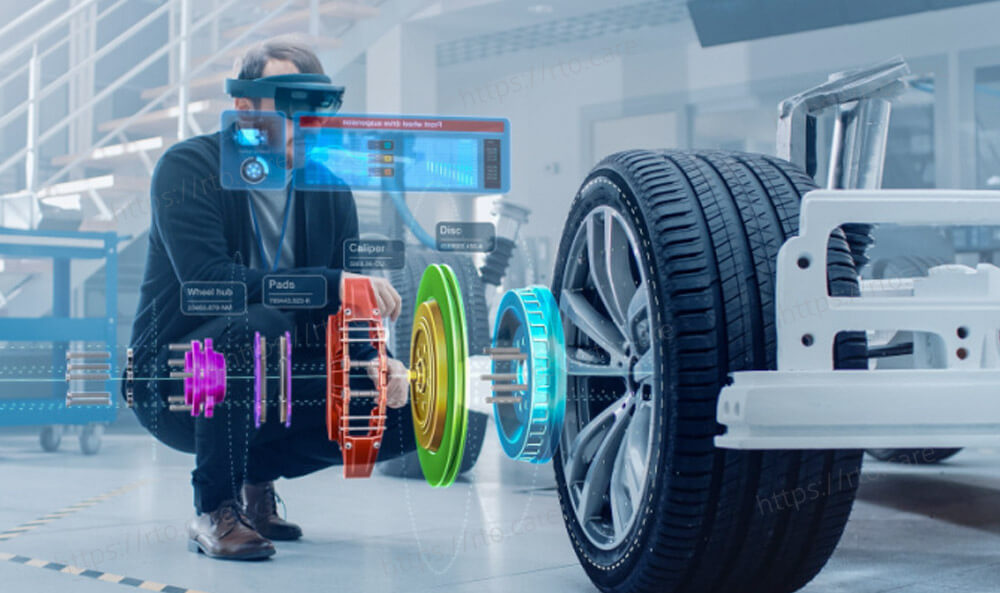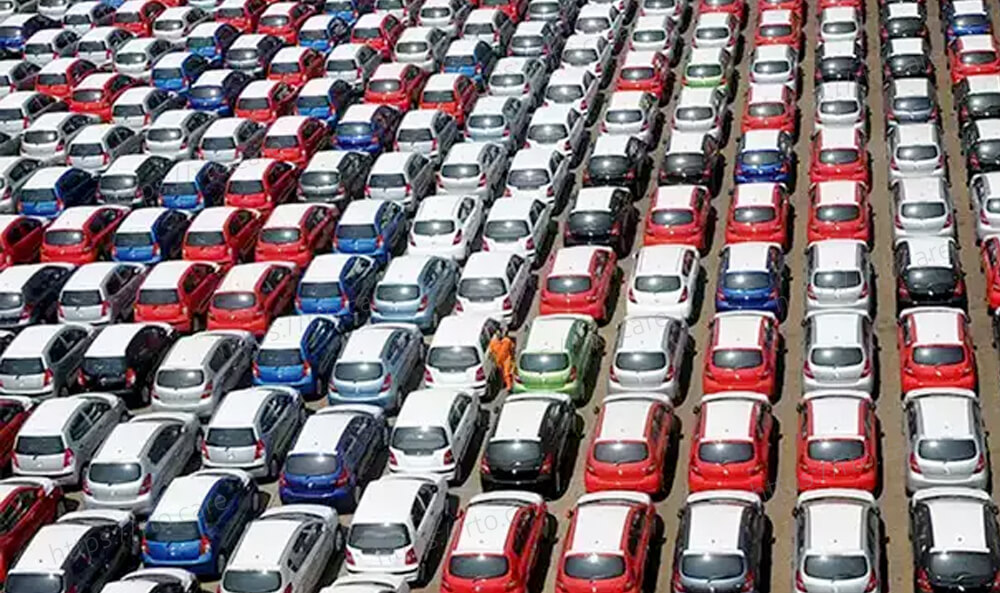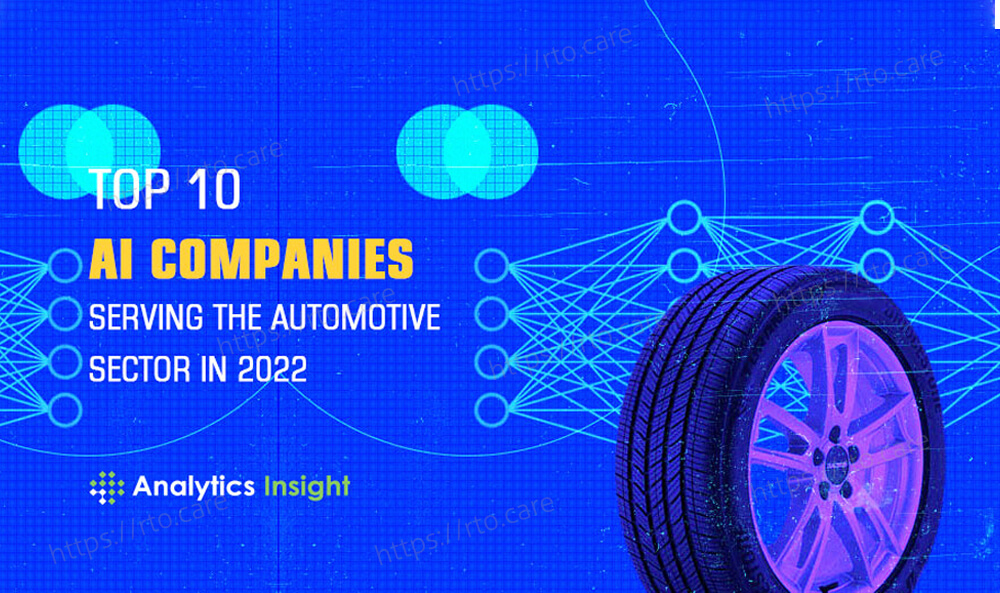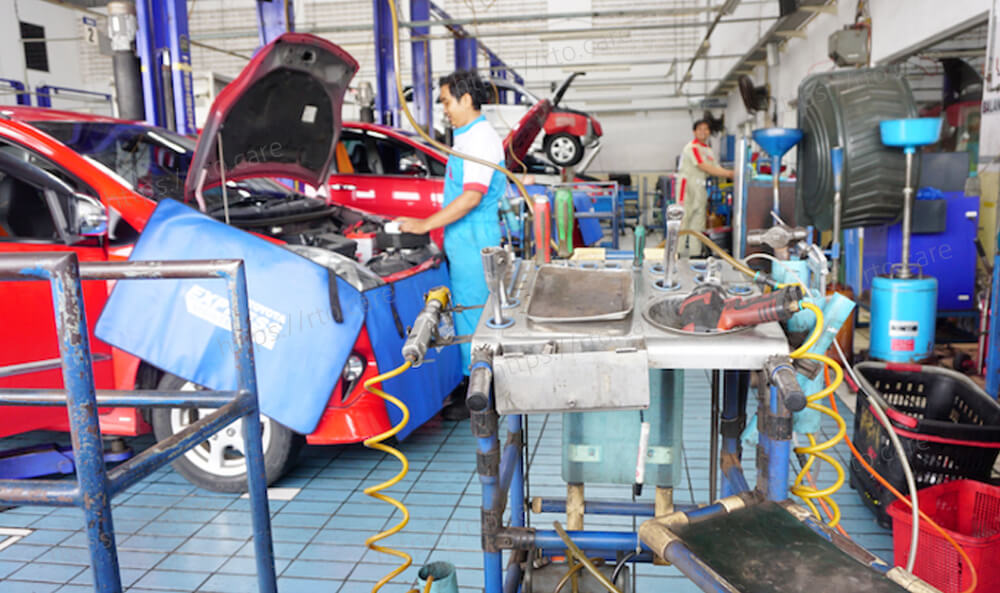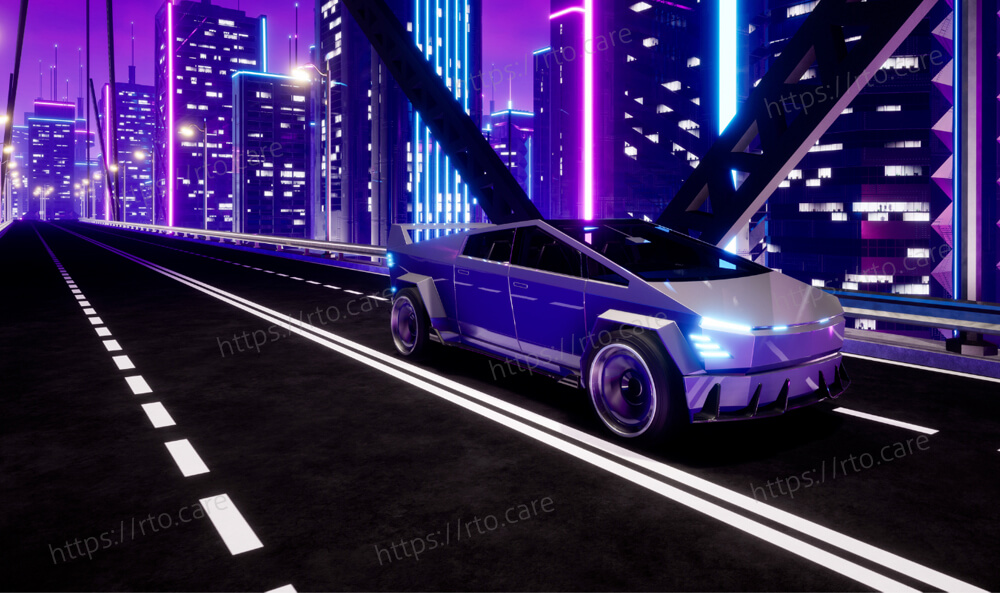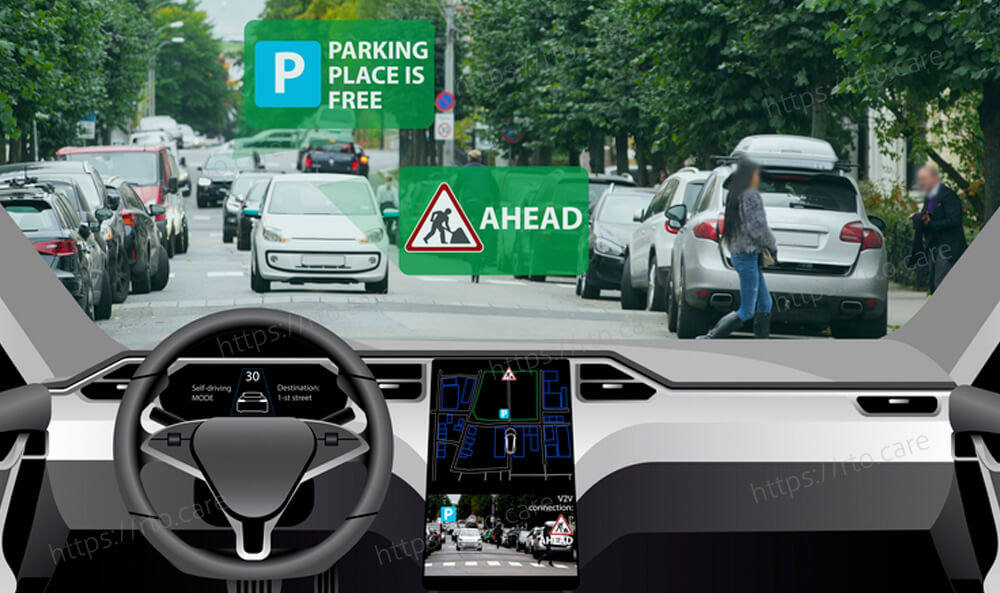AR and VR technologies will have a big impact on the entire end-to-end process for autos, including design, production, sales, and even marketing. The MD and CEO of Axiscades Technologies Ltd., Arun Krishnamurthi, explains how that transition is already happening and how it will proceed in the future.
Future-oriented technologies, which are mainly used in the American and European automotive markets, have historically benefited luxury cars. However, in a world where smartphone and internet penetration was already very high due to the pandemic, the adoption of augmented reality and virtual reality is accelerating at great speeds with the introduction of 5G, which allows for high-speed data transfers with low latency, and support from the government.
Maintenance
If you're not a motorhead, there's a good chance that the idea of performing car maintenance makes you cringe; simply changing your oil can seem like a major task. AR can significantly lessen this stress. The driver typically calls the mechanic when a check-light flashes on the dashboard. However, AR has made it possible for the owner of the vehicle to quickly receive an explanation of precisely what went wrong by scanning the barcode displayed on the dashboard.
The necessity to consult and comprehend the owner's handbook is eliminated by technologies like interactive manuals with step-by-step instructions and video assistance. Apps or virtual assistants that assist with simple troubleshooting and maintenance can also be created using augmented reality. Using AR glasses, a major automaker could remotely transmit precise visual instructions to field technicians, saving money and time.
Training
The automotive industry is always on the lookout for skilled engineers and laborers. Using VR tools and simulators to give professional training that is more effective, helps learners retain more information, and creates a safer training environment can be very beneficial.
For instance, the requirement for extra, expensive equipment can be eliminated if VR is utilized to teach operators. Through the use of simulators, they learn how to fix cars without having to take their actual parts apart. The usage of AR and VR in training for the automotive industry is anticipated to develop at the highest CAGR in comparison to other applications.
Virtual Showrooms
The difficulties of visiting a car dealership with few models, colors, and additional feature options is something that most customers have experienced. A digital showroom addresses this issue by incorporating accurate 3D representations of the automobile and allowing customers to interact with it through both real-world and digital mock-ups. Even customizing and upgrading the inside or exterior is so simple when AR and VR are used that it resembles creating an avatar for a video game. Your clients can make adjustments to the interiors and exteriors in real time and in accordance with their preferences, which enables them to decide more quickly and conveniently.
To do everything from choosing a car's color and wheel design to having a test drive from the comfort of your home, all you need is something as basic as AR software for smartphones. Customers have a better experience as a result, and they may to some extent engage in the design process, which promotes faster sales conversion.
Smarter and Safer Vehicles
In order to reduce the possibility of any human error, customers are looking for better safety features and navigational aids, making smart design one of the absolute requirements for any modern car. Major developments in this area include the creation of smart accessories with cutting-edge technology like an AR-enhanced rear-view mirror that can detect a blind-spot threat and reflect a live video stream of it into the mirror and a system of mirror-integrated cameras that can produce an unobstructed panoramic vision of everything behind the car.
Additionally, Heads Up Display is used by AR to deliver traffic updates, navigation assistance, weather information, and critical performance alerts. You must take your eyes from the road in order to view an instrument cluster, such as a GPS navigation system, even for a brief period of time. This can put you in danger. A HUD displays the data right in front of your eyes, on the windshield, and within the driver's field of vision. Automakers are currently working on sensors that can transmit real-time information about the condition of the vehicle and external factors, as well as full windshield HUDs.
Additionally, new drivers can practice driving with the help of AR and VR, only getting behind the wheel once they are comfortable enough. Additionally, it is helping those who don't own cars improve their driving skills. Using virtual reality, a large alcohol company confronted consumers with the dangers of drunk driving.
Designing and Prototyping
To understand varied points of view and design correctly, a major American carmaker uses virtual reality to observe the vehicle from the perspective of people who are shorter or taller than normal. And this is just one illustration of how businesses are making use of AR and VR. Using projectors that overlay suitable augmented reality (AR) images on actual car models, designers can evaluate various design options and make adjustments. They can set up collaborative work that is visible to everyone using augmented reality, and they can incorporate changes as the conversation progresses.
VR offers an alternative approach to bench testing. Virtual prototyping helps manufacturers of electric vehicles (EVs) test a new car's entire electronic system without relying on physical hardware. To experiment with the design while reducing development expenses, they create a digital twin of the cars.
Manufacturing
The manufacturing of automobiles is a dynamic sector that depends on precision. Here, even a small error causes big losses. To increase the productivity of the car assembly process, augmented reality is being used. The AR glasses display provides instructions and the necessary technical information to assembly line workers, enabling them to quickly review documentation without getting sidetracked from their task.
Wearables put important information right in front of you, inside the facility, on top of the machinery, helping you choose the right tools and spare parts and offering real-time assistance backed by audio-visual instructions superimposed on the machinery itself.
As a result, the assembly process will move more quickly and with less human error, boosting worker comfort. With this approach, accuracy can rise to 96%, and work can be completed 30% more quickly. With a staggering CAGR of 41.8%, the global ecosystem for AR and VR in the automotive sector is expected to grow from its 2018 valuation of US$ 195.7 million to US$ 1,216.0 million by 2023. It's reasonable to say that when it comes to technological advancements, the automotive sector is pushing the envelope.
